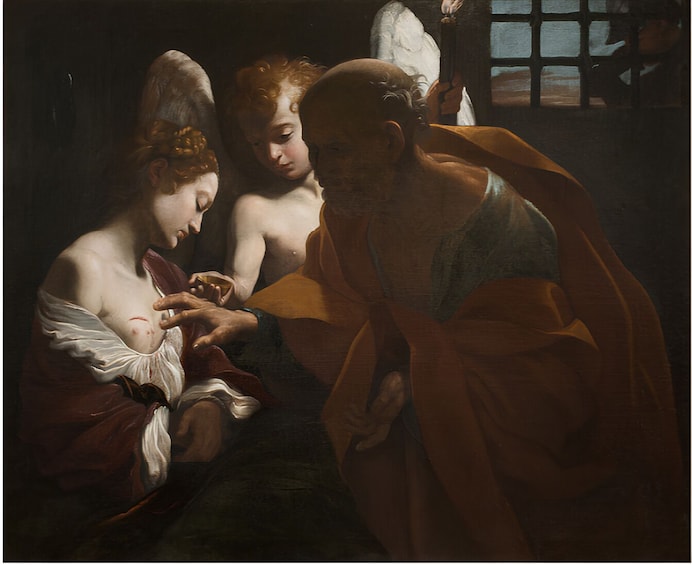Discover the Galleria Corsini, the only Roman picture gallery from the 18th century that has survived intact.
Visit the central nucleus of the National Gallery of Ancient Art in Rome and see masterpieces such as St. John the Baptist by Caravaggio, Prometheus by Salvator Rosa, St. Sebastian by Rubens, and the mysterious Corsini Throne. The palace was built towards the end of the 15th century by order of Cardinal Raffaele Riario, brother of Pope Sixtus IV della Rovere and father of Pope Julius II.
In 1736, the palace passed to the Corsini family, a very wealthy Florentine family, after the election of Cardinal Lorenzo to the papal throne, under the name of Pope Clement XII. The restoration of the residence was entrusted to the architect Ferdinando Fuga, who restructured and expanded it between 1732 and 1736.
To adapt it to a residence worthy of the Corsini family and their new pontifical status, Fuga built a new wing of the palace, mirroring the existing one, and a central building accessed by a monumental staircase. Today, the building houses the Accademia dei Lincei, whose library houses the book collection of Cardinal Neri Corsini - the extraordinary collection of prints, however, constitutes the oldest nucleus of the current National Institute of Graphics - and one of the most prestigious collections of the National Gallery of Ancient Art, consisting of marbles, sculptures, and paintings all of classicist tendency.
Visit the Gallery Corsini to enter the apartments of an eighteenth-century cardinal, including the famous Alcove of Christina of Sweden, and admire masterpieces such as St. John the Baptist by Caravaggio, Prometheus by Salvator Rosa, St. Sebastian by Rubens, or the mysterious Corsini Throne.
